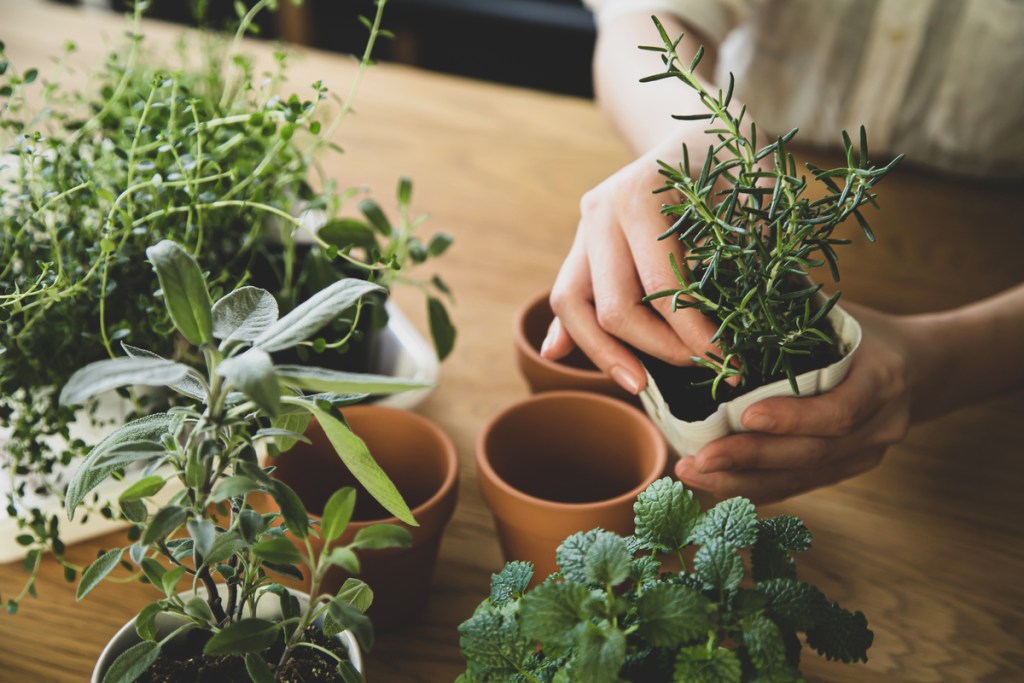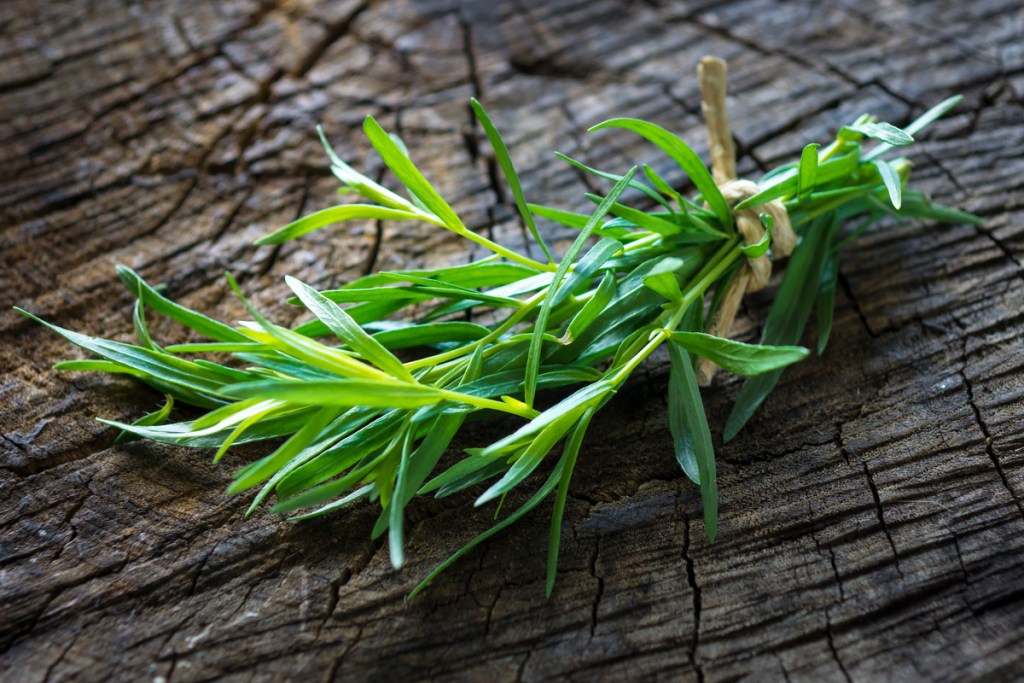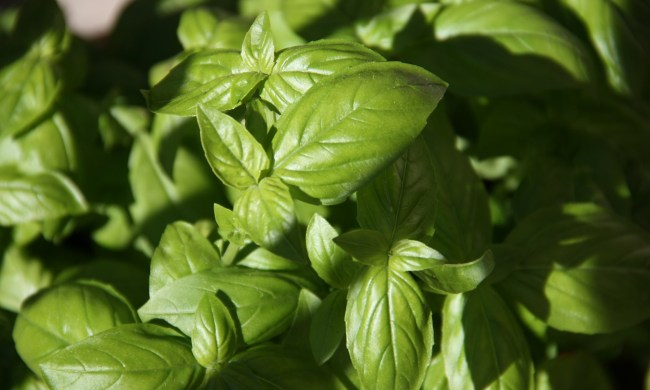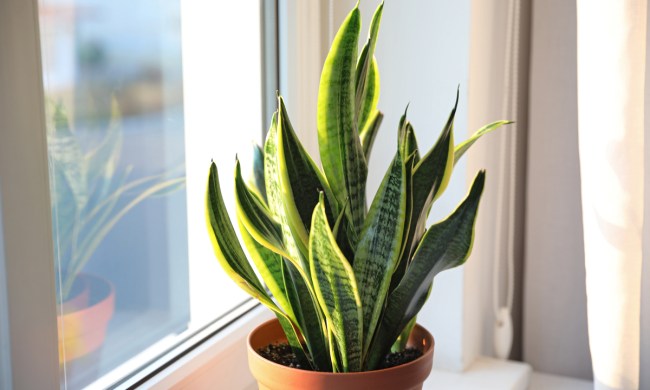If you’re starting your indoor gardening journey, herbs are some of the easiest plants to grow inside your house or apartment. One easy-care herb that’s a pantry staple is tarragon, or Artemisia dracunculus sativa. Tarragon leaves yield delicious licorice and anise flavor, which makes the plant a versatile cooking herb. It’s perfect for flavoring vinegar and oil and also pairs well with chicken and fish. One advantage of growing tarragon is that it has the most flavor when it’s fresh as opposed to when it’s dried, although you can also air dry it for future use. Luckily, tarragon isn’t too high maintenance as a houseplant. While it grows best during late spring to early fall, it’s possible to collect harvests indoors all year-round with proper care.

Understanding the different types of tarragon
There are three different types of tarragon: French, Russian, and Mexican. The French variety is the kind you’ll often hear about in recipes, although all three are edible. Russian tarragon is very hardy, although it does tend to lose its flavor as it matures. While nurseries often sell it, most people will keep it as an ornamental plant rather than use it as a flavor enhancer. And last but not least, there’s Mexican tarragon, which is technically a marigold plant. It’s not only easier to grow than the French kind but also has a stronger flavor profile.

Planting tarragon indoors
To grow tarragon indoors for cooking, start with a whole plant or a cutting. Finding and sowing seeds, especially for the French variety, can be a challenge since the plant rarely flowers and has limited seed production. Use a terracotta or clay pot that absorbs excess moisture and prevents your plant from getting root rot. Because tarragon has fragile roots, you want to disturb the root ball as little as possible by getting a planter that’s wider and deeper than your nursery pot. Well-draining potting mix soil should work well for tarragon — you can also add sand for more drainage.
Caring for tarragon plant indoors
Growing French tarragon in a container isn’t impossible if you pay special attention to your plant. You won’t need to water your tarragon too often since overwatering can cause the fine roots to rot. Allow the top few inches of your plant to dry out before you thoroughly soak it. If you don’t want to risk overwatering your plant, you can always water it from the bottom — tarragon especially doesn’t like to be overwatered. In terms of lighting, tarragon generally enjoys bright indirect light six to eight hours a day, so keep it by a window that receives a lot of light or give your plant supplementary grow lights. That said, it can still survive in diffused lighting situations — direct sunlight may actually scorch and cook your tarragon! As for fertilizing, tarragon isn’t a heavy feeder. Working nutrient-rich soil into the growing medium should be sufficient, but you can also feed your plant diluted fish fertilizer at the beginning of spring when you water it.
While tarragon is relatively low maintenance, you need to keep it warm. Tarragon doesn’t do well in the cold, which is why many gardeners who live in colder regions will bring it indoors during the winter to protect it from frost. It’s a perennial herb in Zone 4 and warmer, preferring moderate temperatures to thrive.
Pests and diseases aren’t usually problems for this herb. Tarragon’s aroma usually deters pests from hanging around it. Occasionally, you may have to deal with whiteflies or spider mites. However, a strong stream of water and an application of neem oil should take care of these unwanted pests.

Pruning tarragon indoors
If you’re growing tarragon indoors, pruning is a must since the plant can grow up to three feet tall. Not only should you harvest it for cooking, but doing so will keep your plant from getting too leggy or falling over. And, of course, pruning leaves and flowers will help your plant grow back fuller and more lush. There’s no need to get any special tools — scissors or pruning shears will get the job done as long as they’re clean. One perk with growing tarragon indoors is that you won’t need to pull any weed growths, as this usually only happens outside with pollinators.
Growing tarragon indoors may seem intimidating at first, but it’s definitely a doable endeavor. You don’t even need to start it by seed — begin caring for tarragon as a cutting or potted plant. As long as you give your tarragon well-draining soil and sufficient light, you’ll be enhancing your dishes with its delicious flavors before you know it.



